
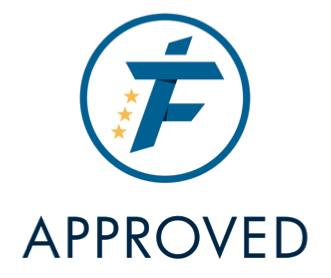
The European Fitness Badge is a conformation of a health promoting fintess-status – ADVANCED is the second level and APPROVED the third.
The fitness is ADVANCED corresponding to an average level of the population of same age and sex – that means you are fitter than 40% and less fit than 40% of your age group.
APPROVED means the fitness status is better than the average of the population of same age and sex – that means you belong to the fittest 40% of your age group.
-Close-
211: The Danish step test / cardio-respiratory endurance
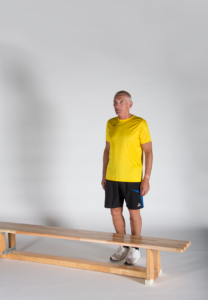
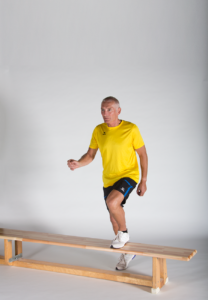
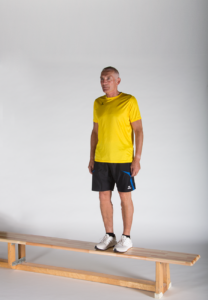
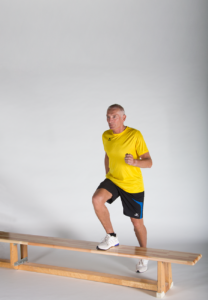

Stand close to the step bench, step up with one leg after the other, step down with one leg after the other: up-up-down-down.
212: 2km walking test / cardiorespiratory endurance
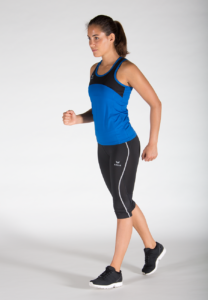
Walk a flat way of 2 km with the walking technique as fast as possible.
221: Plank test / Core Strength & Body Stability - Anterior core muscular endurance
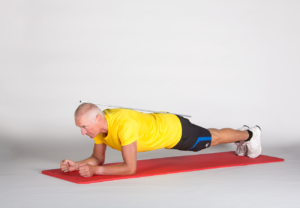
The challenging position, with the body’s weight borne on forearms, elbows, and toes need to be hold.
222: Jump and reach / explosive strength of the lower extremities

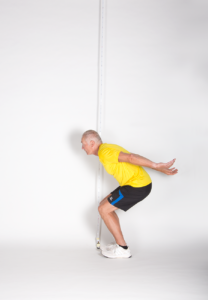
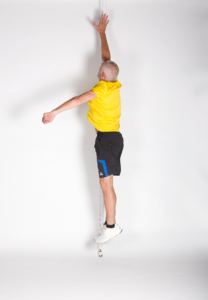
Jump as high as possible while touching the wall with the hand.
223: Push-ups – special version / muscular endurance of the upper extremities

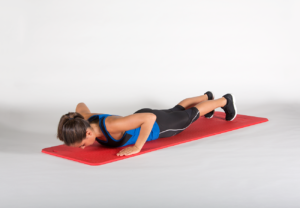
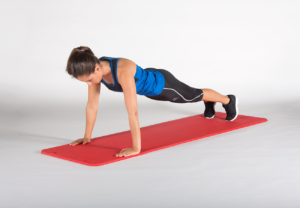
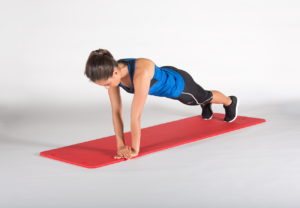
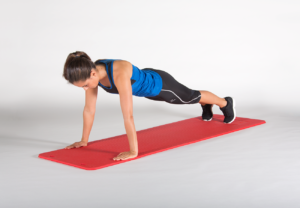

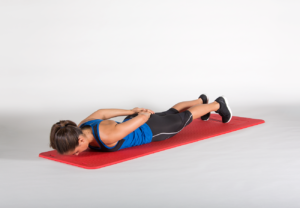
Lie in a prone position on the floor. The hands are touching over the buttock.
Lift your whole body up in a push-up position. One hand touches the other and goes back in the push-up position. Lower the whole body straight to the floor and put your hands over the buttock together. Start the next modified push-up.
231: Flamingo balance / static postural control (coordination under precise conditions)
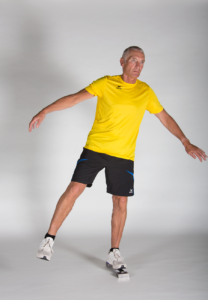
Balance with the preferred leg on a balance beam. The other leg is stretched sideways and shouldn´t touch the balancing leg.
232: Walking backwards / dynamic balance (coordination under precision pressure)
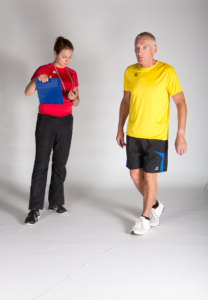
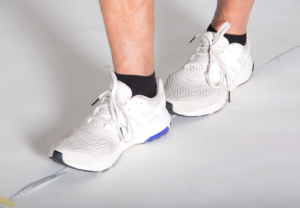
Walk a 6 m walking distance backwards as fast as possible. The toes of one foot should touch the heel of the other one.
241: Sit and reach / measuring the flexibility of the lower back and hamstring muscles
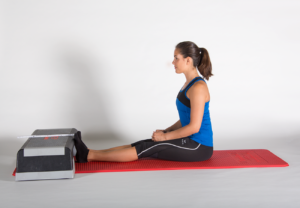
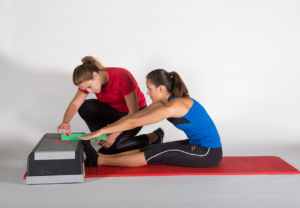
Sit on the floor with legs stretched out straight ahead and try to reach forward along the measuring line as far as possible.
252: Body-Mass-Index (BMI) / relative body weight
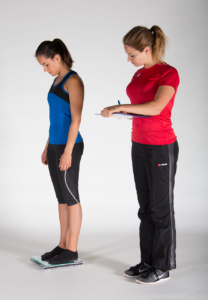
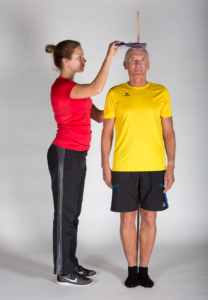
To calculate the BMI, the body weight in kilogram (kg) and the body height in meter (m) have to be measured.
261: Upright standing posture test (USPT) / Observation of the natural upright standing posture
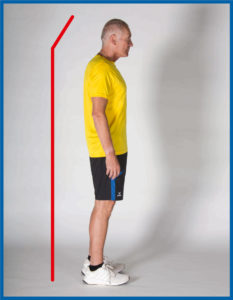
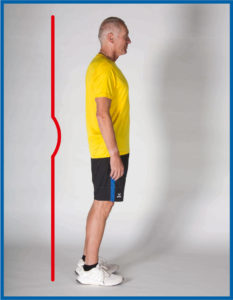
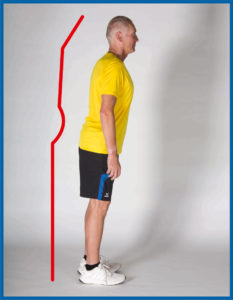
Stand straight in your normal position. The instructor observe your posture and gives you a feedback.